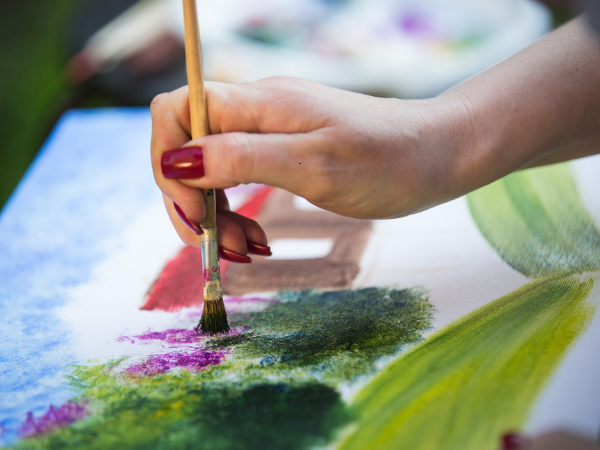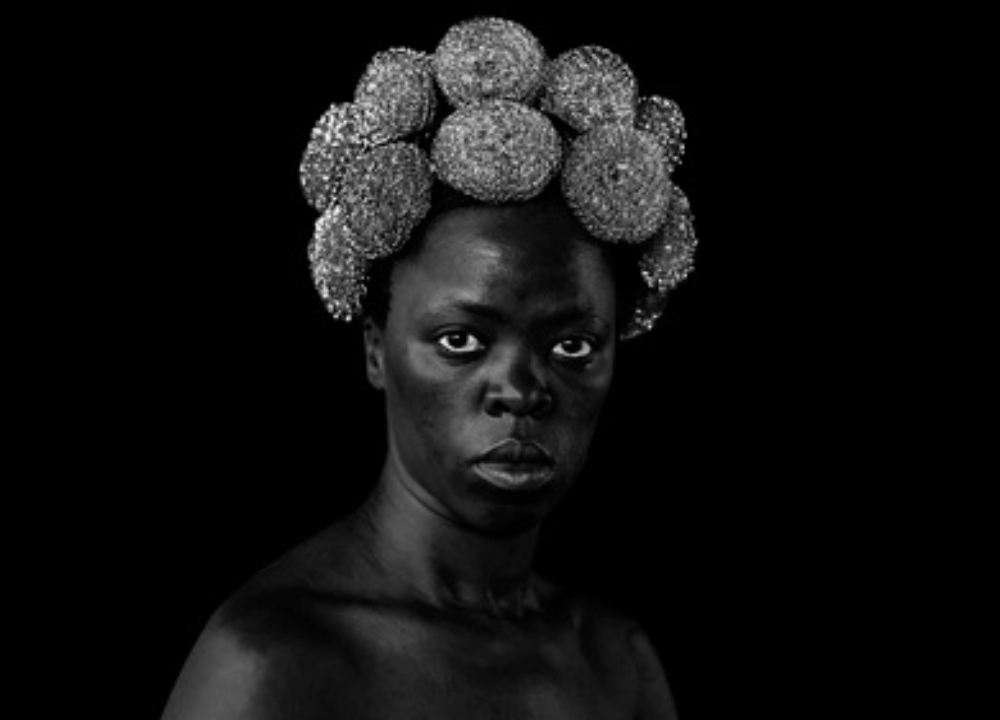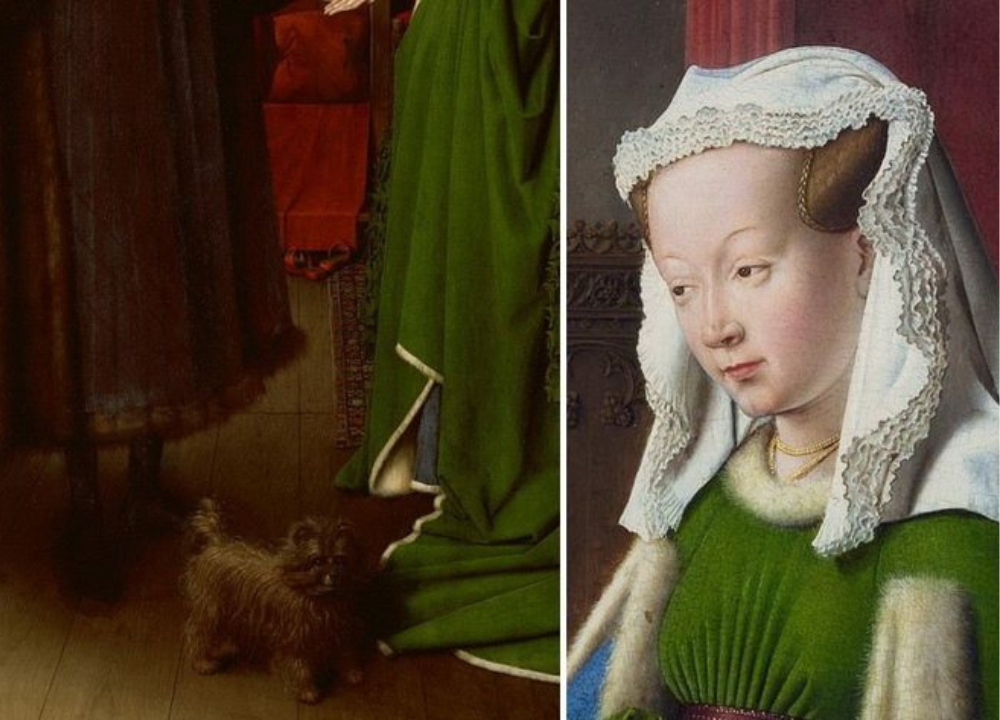Have you ever looked at a painting and felt something deep inside, even if you couldn’t explain why? Colors splash across the canvas, shapes twist and turn, and suddenly, you’re drawn into a world that feels both chaotic and calm.
Color As Emotion
Color plays a powerful role in expressing human feelings through paintings. It can show joy, sadness, anger, or peace without words. Artists use color as a language to speak directly to the soul. The emotional impact of color helps viewers connect deeply with the artwork.
Warm Vs Cool Tones
Colors are often divided into two groups: warm tones and cool tones. Each group creates a different emotional response.
Warm tones include red, orange, and yellow. These colors feel energetic and lively. They can evoke feelings like:
- Passion
- Excitement
- Comfort
- Warmth
Warm colors often make a painting feel close and inviting. They can represent strong emotions like love or anger.
Cool tones include blue, green, and purple. These colors feel calm and peaceful. They often bring feelings such as:
- Tranquility
- Sadness
- Reflection
- Freshness
Cool colors make a painting feel distant or quiet. They express calm moods or deep thought.
| Color Type | Examples | Emotional Effect | Common Uses in Art |
|---|---|---|---|
| Warm Tones | Red, Orange, Yellow | Energetic, Passionate, Inviting | Express love, anger, warmth |
| Cool Tones | Blue, Green, Purple | Calm, Sad, Reflective | Show peace, sadness, nature |
Symbolism In Colors
Colors carry symbolic meanings across cultures and time. These meanings add layers of emotion to paintings. Artists choose colors carefully to represent ideas and feelings.
Here are some common color symbols:
- Red: Love, danger, power
- Blue: Trust, sadness, calm
- Green: Growth, nature, envy
- Yellow: Happiness, caution, energy
- Purple: Royalty, mystery, spirituality
- Black: Death, elegance, fear
- White: Purity, peace, emptiness
Symbolism helps viewers understand the deeper meaning behind a painting. A red sky can show danger or passion. A white background may suggest peace or emptiness.
Artists mix colors and symbols to tell complex stories. This combination creates emotional depth. Viewers feel the artist’s message without words. Color symbolism is a universal tool to connect souls through art.
Chaos In Composition
Chaos in composition captures the unpredictable and raw emotions within a painting. It mirrors the tangled thoughts and feelings of the human soul. Paintings with chaotic elements do not follow strict rules or clear order. Instead, they embrace confusion, irregular shapes, and unexpected patterns.
Abstract Art And Disorder
Abstract art thrives on disorder. It breaks away from realistic images and instead uses shapes, colors, and lines to express feelings. This art form often appears chaotic, but it holds hidden meaning beneath the surface.
- Non-linear forms: Abstract art rejects straight lines and perfect shapes.
- Color contrasts: Bright and clashing colors create tension and excitement.
- Random patterns: Uneven textures and strokes add to the sense of disorder.
These elements help viewers feel the emotional chaos inside the artist’s mind. The disorder in abstract art allows freedom of interpretation. Every person may see something different, depending on their feelings and thoughts.
| Element | Effect on Viewer | Example |
|---|---|---|
| Jagged Shapes | Create tension and unease | Sharp angles and irregular polygons |
| Color Clashes | Evokes strong emotional reactions | Bright reds against deep blues |
| Random Brushwork | Suggests movement and unpredictability | Unplanned splashes or strokes |
Brushstrokes And Movement
Brushstrokes in chaotic paintings speak loudly. They carry the artist’s energy and emotions. Thick, wild strokes create a sense of movement and urgency. This dynamic motion brings the painting to life and makes chaos visible.
Different brush techniques produce unique effects:
- Rapid strokes: Show speed and nervousness.
- Layered strokes: Build complexity and depth.
- Broken strokes: Suggest fragmentation and confusion.
The direction and pressure of each stroke add to the story. Sweeping motions might imply freedom or anger, while sharp, short strokes hint at tension or anxiety. Brushstrokes can also guide the viewer’s eye across the canvas, creating a visual journey through chaos.
Movement through brushwork often mirrors the inner turmoil of the artist. It shows how feelings change and flow like waves. In this way, chaotic brushstrokes become a language of the soul, loud and clear.
Calm Through Simplicity
Paintings often reveal more than just colors and shapes. They echo feelings inside us. Calm Through Simplicity shows how less can be more. Simple art helps quiet the mind and soothe the soul. It cuts through noise and confusion. This calmness feels like a deep breath in a busy world.
Minimalist Approaches
Minimalism in painting strips art to its bare essentials. It removes clutter and focuses on form and space. This style uses few lines, shapes, and colors. The empty space is as important as the painted parts. Minimalist art helps the mind slow down and focus.
Key features of minimalist paintings:
- Simple shapes and forms
- Limited color use
- Clean, open spaces
- Focus on balance and harmony
These paintings avoid chaos. They create calm by showing only what matters most. The viewer can breathe and think without feeling overwhelmed. Minimalism reflects the human soul’s desire for clarity and peace. It shows that calm comes from cutting away excess, not adding more.
| Minimalist Element | Effect on Viewer |
|---|---|
| Limited Colors | Reduces visual noise, soothes eyes |
| Simple Shapes | Focuses attention, eases mind |
| Empty Space | Creates breathing room, invites reflection |
Soft Palettes And Serenity
Soft color palettes in paintings bring a sense of peace and calm. These colors are gentle, muted, and often pastel. They do not shout but whisper. Soft blues, greens, pinks, and grays create a soothing atmosphere. Such palettes can lower stress and invite relaxation.
Common soft palette colors and their calming effects:
- Blue: Promotes trust and calmness
- Green: Connects to nature and balance
- Lavender: Soothes and relaxes the mind
- Beige: Creates warmth and simplicity
Artists use these colors to reflect the quiet moments inside us. Paintings with soft palettes often feel timeless. They invite viewers to slow down and feel peaceful. The calmness from colors touches the soul directly. It is a gentle pause in a noisy world.
| Color | Emotional Effect |
|---|---|
| Soft Blue | Calm, trust, rest |
| Soft Green | Balance, peace, nature |
| Pastel Pink | Comfort, gentleness, warmth |
| Light Gray | Neutrality, calm, simplicity |
Psychology Behind Art
Paintings are more than just colors on a canvas. They mirror our inner feelings and thoughts. The psychology behind art explores how creating and viewing art connects deeply to the human mind and soul.
Art Therapy Benefits
Art therapy uses painting and drawing to help people express feelings without words. It supports mental health and improves well-being. This therapy suits people of all ages and backgrounds. It helps with stress, anxiety, and trauma by encouraging creativity.
- Reduces stress: Art lowers cortisol levels in the brain.
- Improves mood: Painting releases dopamine, the happiness chemical.
- Enhances self-awareness: Creating art helps people explore their thoughts.
- Boosts problem-solving skills: Art encourages new ways to approach challenges.
- Supports emotional healing: Art offers a safe space to process pain.
Here is a simple table showing common benefits of art therapy:
| Benefit | Description |
|---|---|
| Stress Relief | Calms the mind by focusing on creative tasks. |
| Emotional Expression | Allows feelings to come out visually and safely. |
| Self-Discovery | Helps uncover hidden emotions and thoughts. |
| Improved Focus | Enhances concentration through mindful art activities. |
Art therapy acts as a bridge between the conscious and unconscious mind. It supports healing without pressure or judgment. This gentle approach makes it easier to open up and understand complex feelings.
Emotional Release In Painting
Painting offers a direct way to release bottled-up emotions. Colors, strokes, and shapes express what words cannot. The act of painting helps clear the mind and lighten heavy feelings.
Many people find painting calming yet powerful. It allows a safe outlet for feelings like anger, sadness, or joy. This emotional release helps restore balance inside.
- Spontaneous expression: Painting lets emotions flow freely.
- Symbolic meaning: Colors and images represent inner states.
- Physical movement: Brush strokes channel energy and tension.
- Mind-body connection: Painting links feelings with physical sensations.
The emotional release process through painting can follow these steps:
- Choose colors that reflect your mood.
- Use broad, bold strokes to express strong emotions.
- Add details slowly as feelings settle.
- Step back and observe your work without judgment.
- Reflect on the emotions that came up during painting.
Painting creates a personal space where emotions transform into visible forms. This transformation helps people understand and manage their feelings better. It can leave one feeling lighter, calmer, and more connected to the self.
Famous Works Reflecting The Soul
Paintings capture more than colors and shapes; they reveal the depths of the human soul. Famous works by great artists reflect emotions, thoughts, and inner struggles. These masterpieces show how color, chaos, and calm coexist within us.
Van Gogh’s Emotional Intensity
Vincent van Gogh’s paintings burst with raw emotion. His use of bold colors and swirling brushstrokes expresses his inner turmoil and passion. Van Gogh did not just paint what he saw; he painted what he felt. His work connects deeply with viewers because it shows vulnerability and strength at once.
Key features of Van Gogh’s emotional style include:
- Vivid colors: Intense yellows, blues, and reds highlight strong feelings.
- Dynamic brushwork: Thick, swirling strokes create movement and energy.
- Expressive subjects: Self-portraits and landscapes reveal his mood and thoughts.
For example, The Starry Night uses bright stars and swirling sky to show hope and chaos. The painting’s contrast between dark and light mirrors Van Gogh’s battle with mental illness. Below is a simple comparison of two famous Van Gogh paintings:
| Painting | Emotion | Color Palette | Brushstroke Style |
|---|---|---|---|
| The Starry Night | Hope and turmoil | Bright blues, yellows | Swirling, thick |
| Self-Portrait with Bandaged Ear | Pain and isolation | Earth tones, reds | Rough, textured |
Van Gogh’s art invites viewers to feel deeply. His emotional intensity makes his paintings timeless reflections of the human soul.
Monet’s Tranquil Scenes
Claude Monet’s paintings offer a peaceful contrast. His soft colors and gentle brushstrokes create calm and beauty. Monet focused on nature’s quiet moments, capturing light and atmosphere with care. His work reflects a soul seeking harmony and rest.
Monet’s key techniques include:
- Light and shadow: Subtle changes show time and mood.
- Soft colors: Pastel blues, greens, and pinks soothe the eye.
- Loose brushstrokes: Blended edges create a dreamlike effect.
One famous series, Water Lilies, shows a pond’s surface with reflections and flowers. These paintings invite quiet reflection and inner peace. Monet’s work feels like a gentle breath amid life’s chaos.
Here is a brief look at two of Monet’s works:
| Painting | Mood | Color Palette | Brushstroke Style |
|---|---|---|---|
| Water Lilies | Calm and reflection | Soft blues, greens, pinks | Loose, fluid |
| Impression, Sunrise | Fresh and hopeful | Oranges, blues | Quick, light |
Monet’s tranquil scenes remind us to find calm inside. His paintings reflect a peaceful soul, connected to nature’s quiet beauty.




